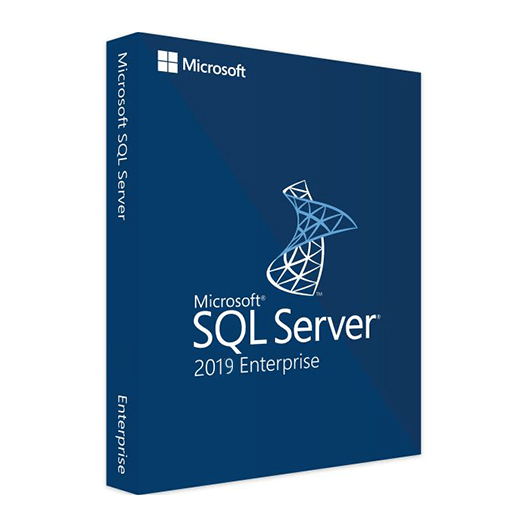Home » Advanced SQL Server Backup and Recovery Strategies: Protecting Your Data
Advanced SQL Server Backup and Recovery Strategies: Protecting Your Data
Data is the lifeblood of modern organizations, and protecting it is paramount. SQL Server, as a robust database management system, offers various backup and recovery strategies to safeguard your data against loss, corruption, or disaster. In this guide, we’ll explore SQL Server backup and recovery strategies to ensure data protection and business continuity.
The Importance of Data Protection
Business Continuity
Effective data protection ensures that your organization can continue operations even in the face of data loss or system failures.
Compliance
Meeting regulatory requirements often necessitates robust data protection and recovery measures.
Disaster Recovery
In the event of natural disasters, cyberattacks, or hardware failures, data recovery is critical for minimizing downtime.
Data Integrity
Protecting data integrity ensures that information remains accurate and reliable.
SQL Server Backup Options
Full Backups
Full backups capture the entire database, providing a comprehensive recovery point.
Differential Backups
Differential backups capture changes made since the last full backup, reducing backup time and storage requirements.
Transaction Log Backups
Transaction log backups capture changes to the database since the last transaction log backup, allowing for point-in-time recovery.
File and Filegroup Backups
These backups target specific files or filegroups within the database, useful for large databases with different access patterns.
Snapshot Backups
Snapshot backups provide a read-only copy of the database at a specific point in time.
Key Backup Strategies
Regular Backups
Schedule regular backups to ensure that your data is consistently protected.
Automate Backup Processes
Use automation to ensure that backups occur on schedule without manual intervention.
Offsite Backups
Store backup copies offsite or in the cloud to protect against physical disasters.
Retention Policies
Define retention policies to manage how long backup copies are kept.
SQL Server Recovery Options
Full Database Restore
Restore the entire database from a full backup.
Point-in-Time Recovery
Use transaction log backups to restore the database to a specific point in time.
Page-Level Restore
Restore individual database pages, useful for addressing specific data corruption issues.
Disaster Recovery Planning
Develop a comprehensive disaster recovery plan that includes backup and recovery procedures, roles and responsibilities, and communication strategies.
Monitoring and Testing
Regularly monitor backup jobs and test the restore process to ensure that backups are viable and can be quickly recovered.
Third-Party Solutions
Consider third-party backup and recovery solutions that offer advanced features and automation for larger environments or complex requirements.
SQL Server backup and recovery strategies are foundational to data protection and business continuity. By implementing robust backup practices, regularly testing recovery processes, and staying vigilant about data protection, you can minimize the impact of data loss and disasters.
Recent posts

SQL Server Views: Simplifying Complex Queries
Explore SQL Server views to streamline complex queries, enhance data accessibility, and improve database management.

Introduction to SQL Server Triggers: Creating Automated Responses
Explore SQL Server triggers and learn how to create automated responses to database events for enhanced functionality.

SQL Server Tables: Creating, Modifying, and Deleting
Learn how to create, modify, and delete tables in SQL Server databases for effective data organization.





